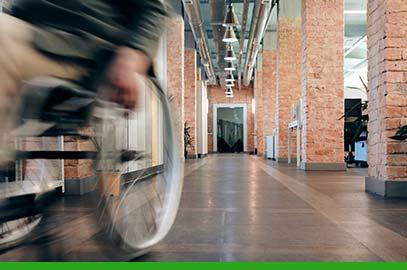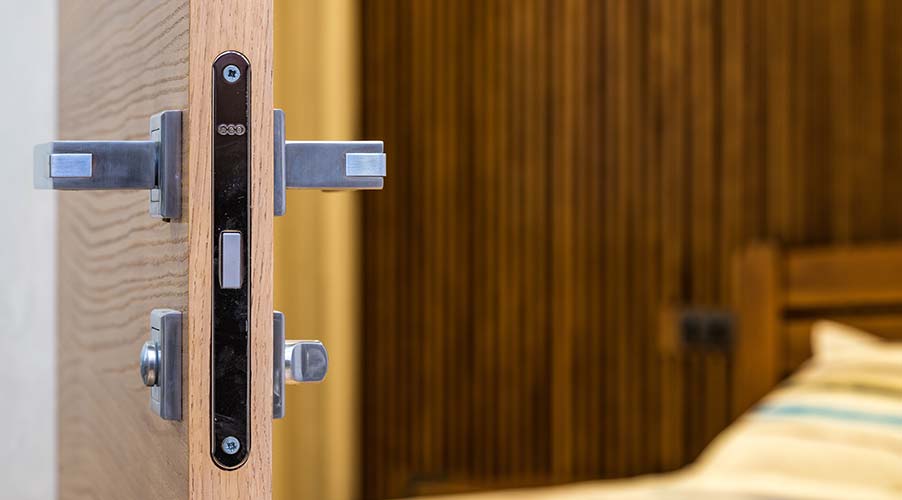The importance of DDA ironmongery

Ensuring that public buildings are accessible to all is of the utmost importance. There should not be barriers that make it difficult or impossible for those with disabilities to access a specific public facility. Architectural ironmongery can play a big role in aiding accessibility.
According to the Disability Discrimination Act (DDA), service providers to the public should take reasonable steps to remove physical barriers, change practices and provide auxiliary aids to make their facilities more accessible for users with disabilities.
The best practice guidelines for the design of an accessible and inclusive built environment are set out in BS 8300-1:2018 and BS 8300‑2:2018. These British Standards promote good practice design principles to ensure buildings and the spaces surrounding them, including external environments, such as streets and landscaped areas, are inclusive to all and can meet the needs of all who use these spaces, not only disabled people.

It is essential to choose architectural ironmongery that can be used by everyone to ensure buildings are inclusive to all. This includes considering the dimensions and shapes of hardware, fixing heights, visual contrast, opening force and more.
At Ironmongery Experts, we supply a vast selection of door furniture for both private and public spaces, including disabled ironmongery. Our range includes disabled door handles, such as the 600x22mm SAA Back to Back Pull Handle and disabled handles for toilet, including the Accessible Radar Lockset for Public Disabled Toilet with Handle.

Door handle considerations.
When choosing the right door handle for a public facility, it is vital to ensure that the handle is easy to hold without gripping, allows the whole hand to hold the lever and prevents clothing from getting stuck on the handle. Lever handles are the recommended type of door handle to use as door knobs and small turn handles can be difficult to grip and twist.
The fixing height of door handles is also incredibly important. BS 8300-2:2018 recommends fixing lever handles at 800-1050mm from the floor level, with 900mm from the floor level being the preferred height. For pull handles, the bottom fixing of the handle should be installed lower than 700mm and no higher than 1000mm above the floor level; and the top fixing of the handle should be fixed no lower than 1300mm above the floor level.

The colour and light reflectance value of door hardware should also be considered. Door furniture should be easily identifiable by visually contrasting with the surface of the door. This will make it easier for blind and partially sighted people to recognise door furniture.
Locks and latches considerations.
For visually impaired people and those with limited dexterity, it can be difficult to operate locks and latches. The BS 8300 offers design guidelines to aid the use of locking mechanisms by disabled people. This includes considering the position of the cylinder lock and any other locking mechanism in place.

The cylinder should be positioned above the lever handle or, in case it is installed below the handle, it should be positioned 72mm away from the handle. The force required to operate the door lock should also be minimal and it should be possible to operate the door furniture without needing to twist or grasp.
Opening force considerations.
Fire doors or any other doors fitted with a door closer require a certain amount of force to open. In some cases, the high amount of force required means that some users might find doors difficult to open. According to BS 8300, “a door closer must produce an opening force of below 30N between 0º and 30º degrees and below 22.5N between 30º and 60º degrees.” These are the minimum standards to comply with the Equality Act.